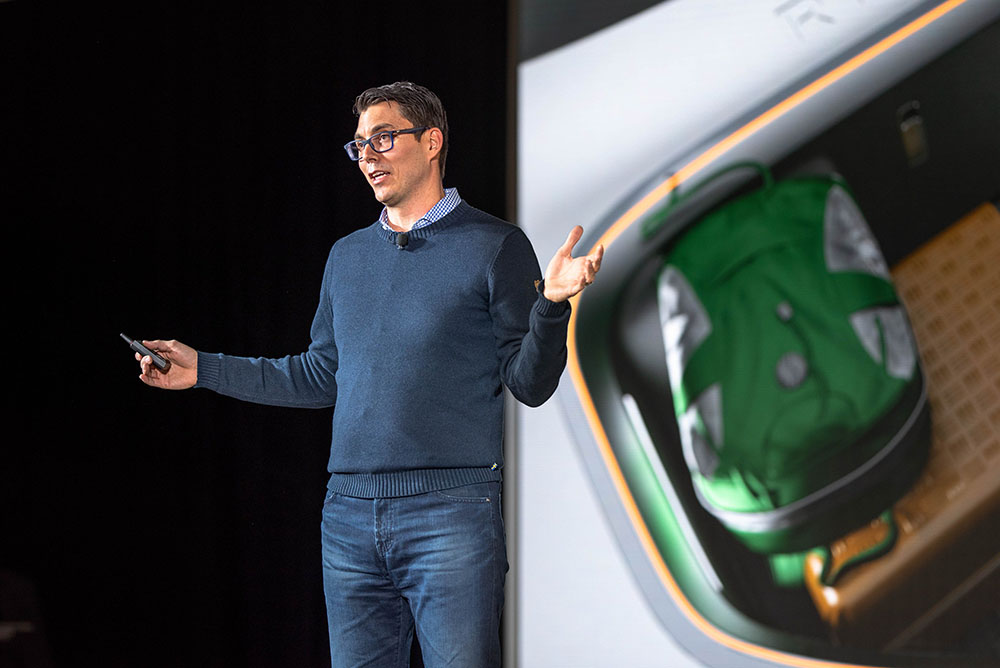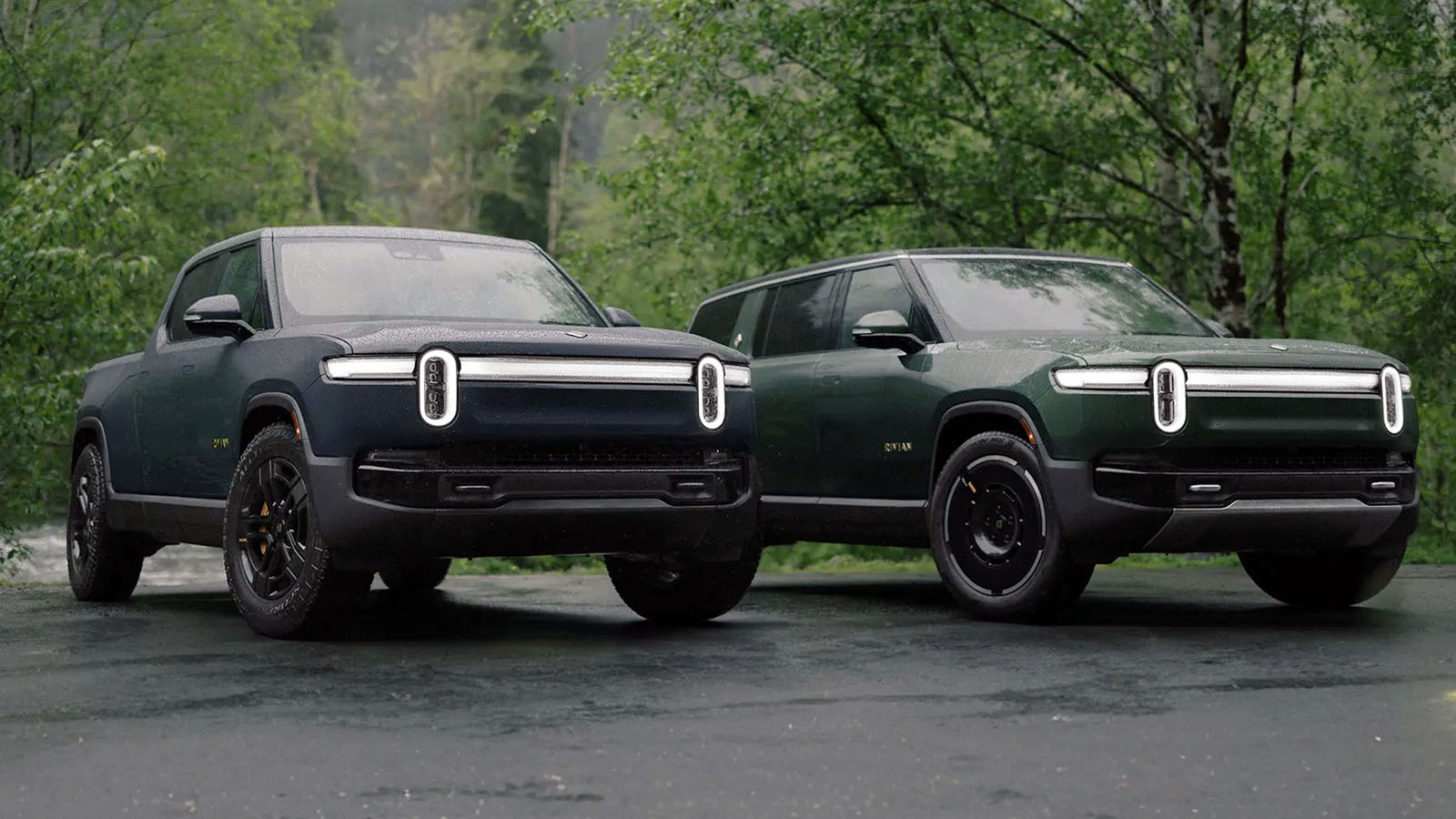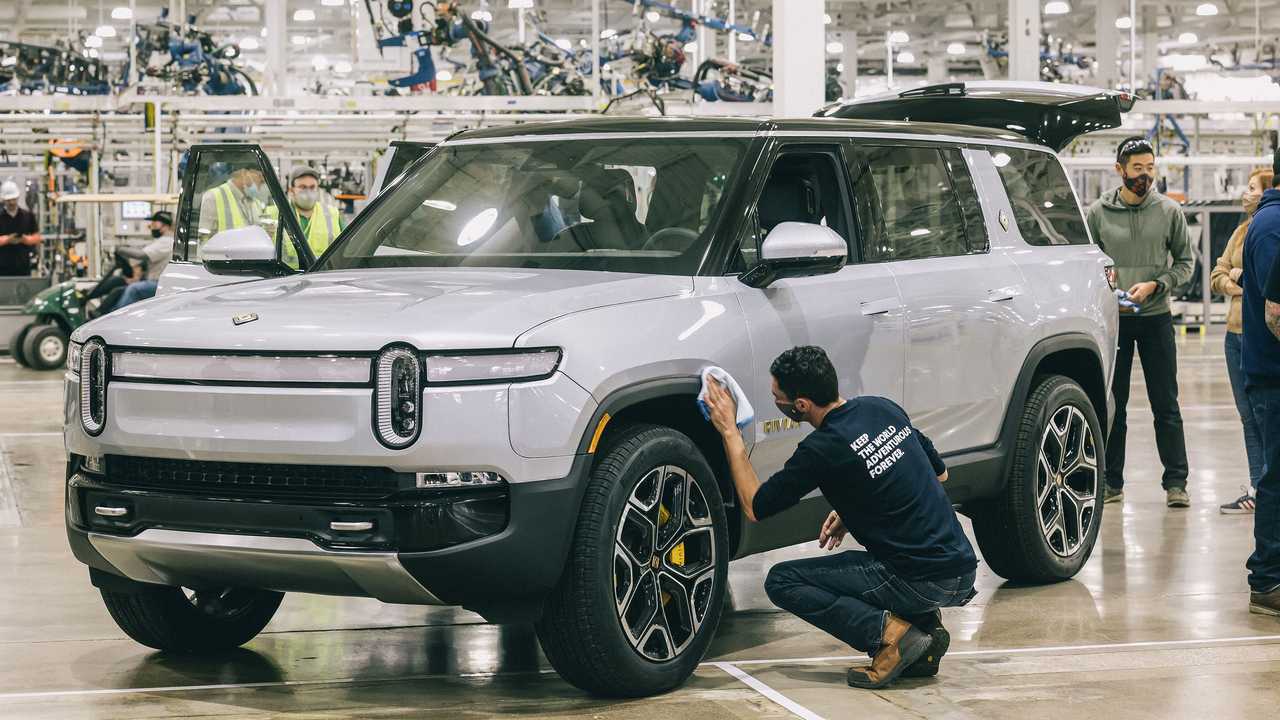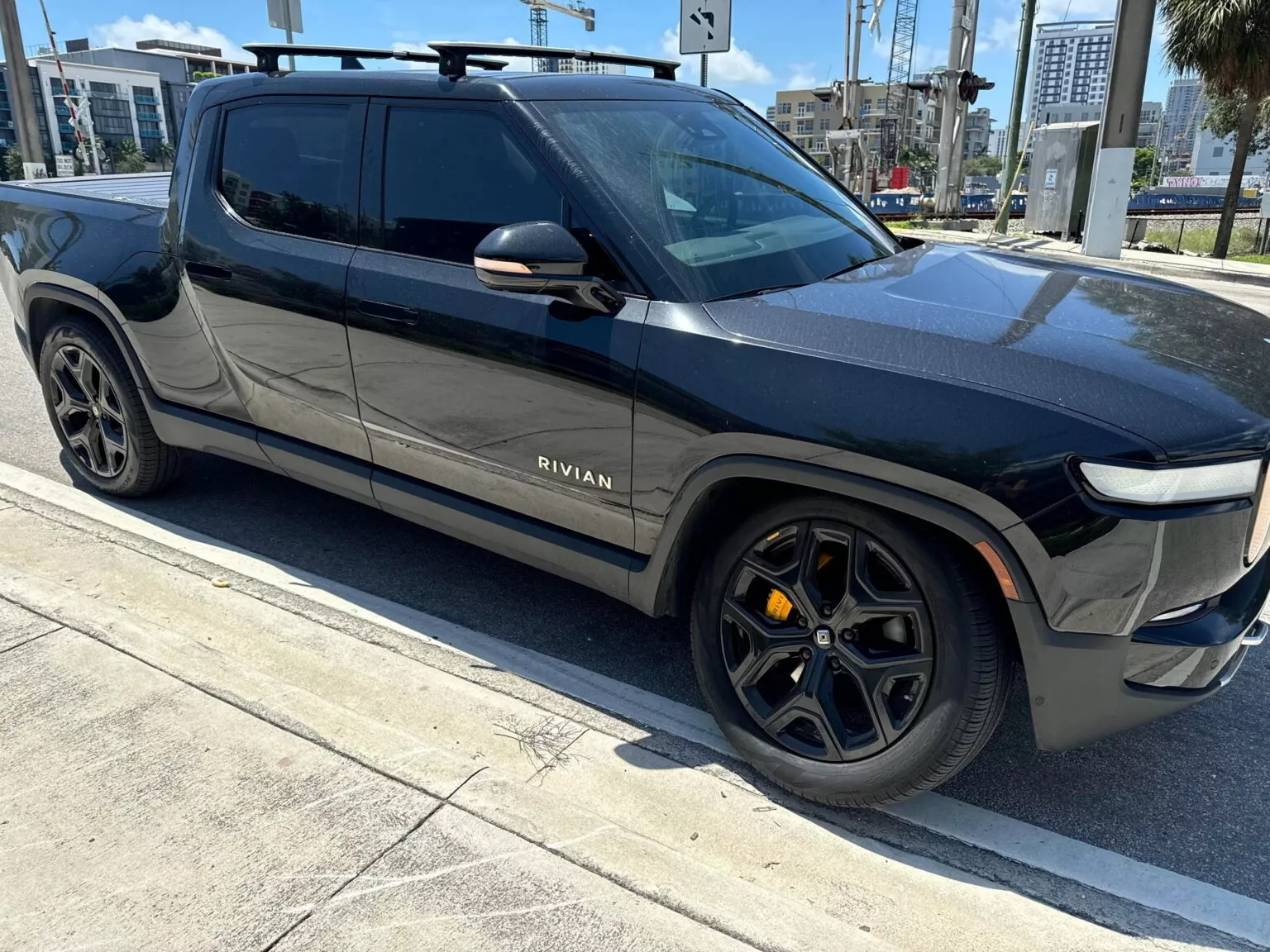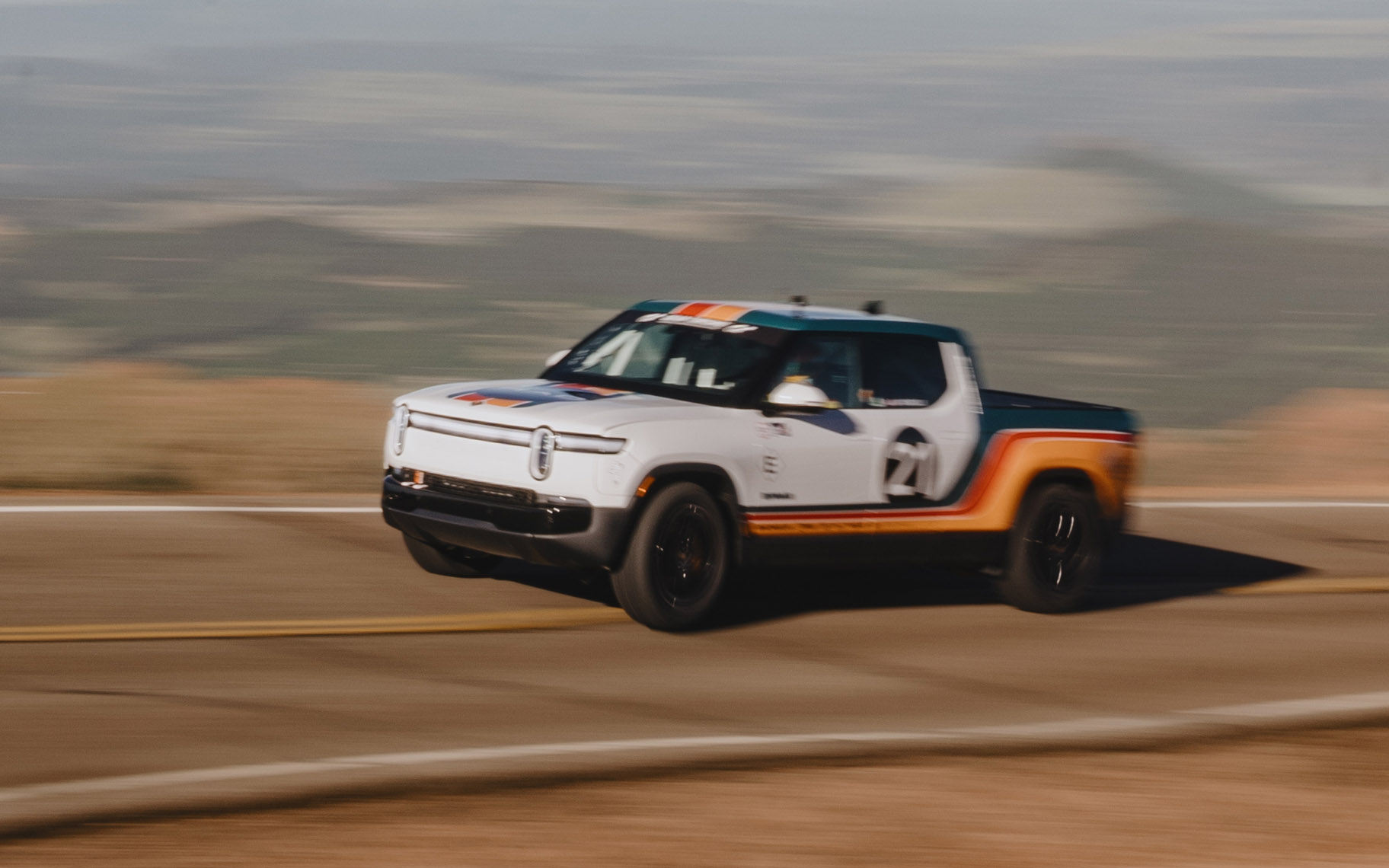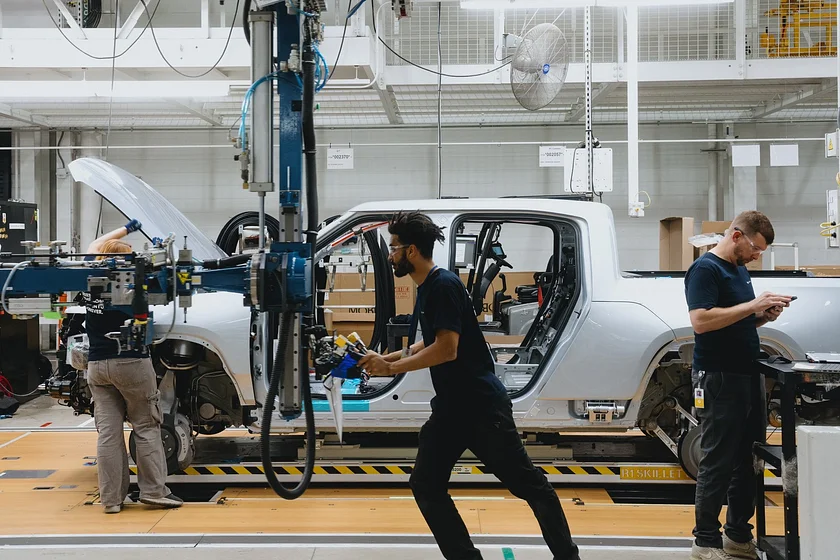RJ Scaringe, CEO of Rivian, anticipates a resurgence in electric vehicle (EV) adoption with the introduction of new models in the coming years, including Rivian’s R2 crossover slated for launch in 2026. Speaking at the annual Bernstein Strategic Decisions Conference, Scaringe noted that the current slowdown in EV adoption is partly due to the lack of compelling options in the market.
Scaringe emphasized the importance of offering choices to consumers, especially in the face of Tesla’s dominant market position. He stated, “We haven’t had choice, so we’ve had a singular dominant market-share player in the space today. But I also think that as you see more choices for EVs, it will really help drive more EV demand.”
See also: Leaked Photos Reveal Rivian R1 Refresh: New Aero Wheels and Chrome Delete
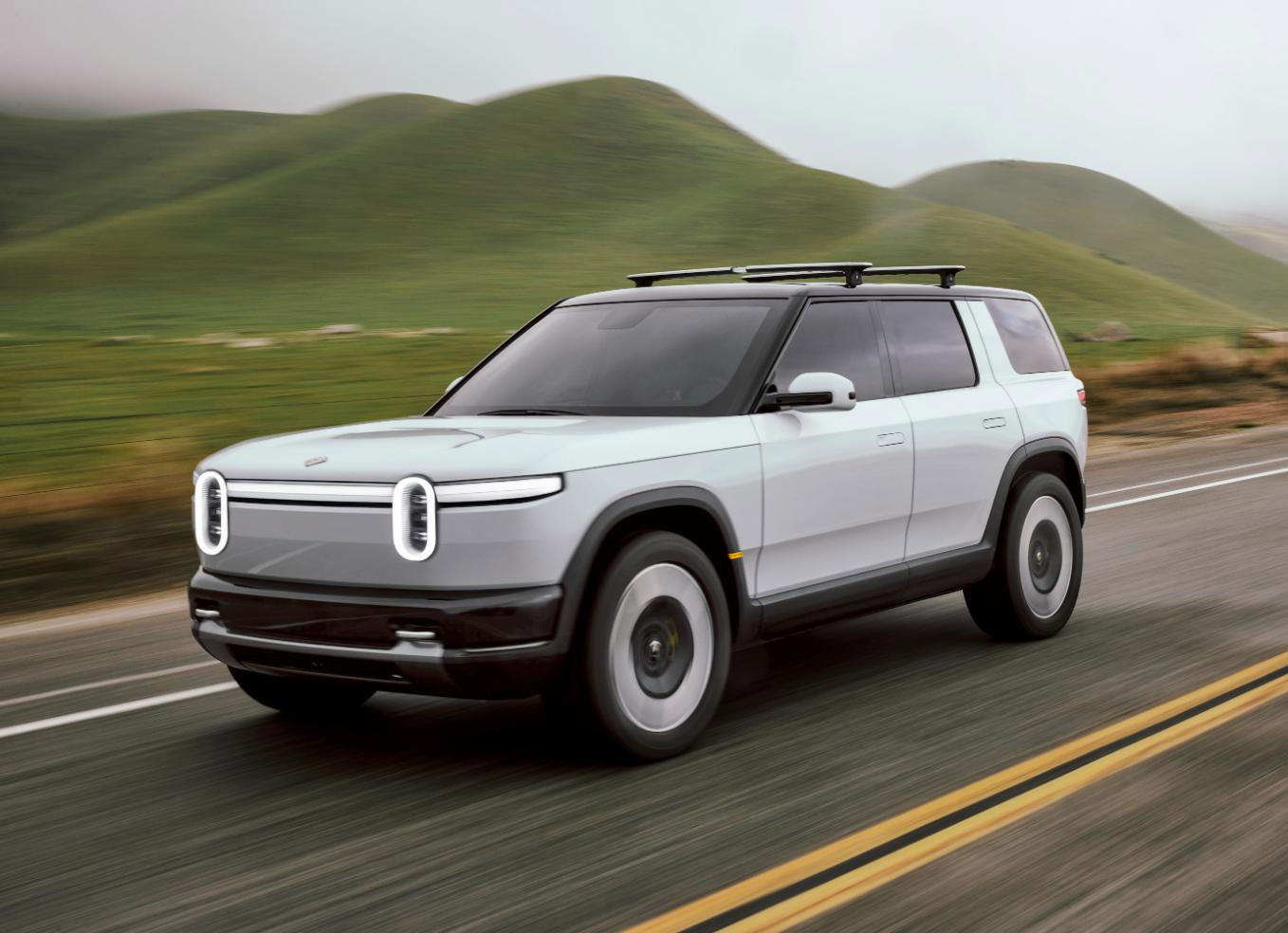
While EV sales continue to grow, Scaringe acknowledged that the pace has slowed. He highlighted the absence of EVs in popular gasoline vehicle segments like minivans. Volkswagen’s ID Buzz minivan, set to go on sale in the U.S. by the end of the year, is one such example of expanding choices in the EV market.
Despite the delay in the launch of the R2 crossover, Scaringe believes it will stand out from competitors, particularly because most EV makers are emulating Tesla’s car-like Model Y crossover. The R2 is expected to start around $45,000 before shipping and is positioned as a midsize crossover, similar in size to the compact Model Y.
See also: Rivian to Introduce YouTube App and Google Cast to R1T and R1S Infotainment Systems
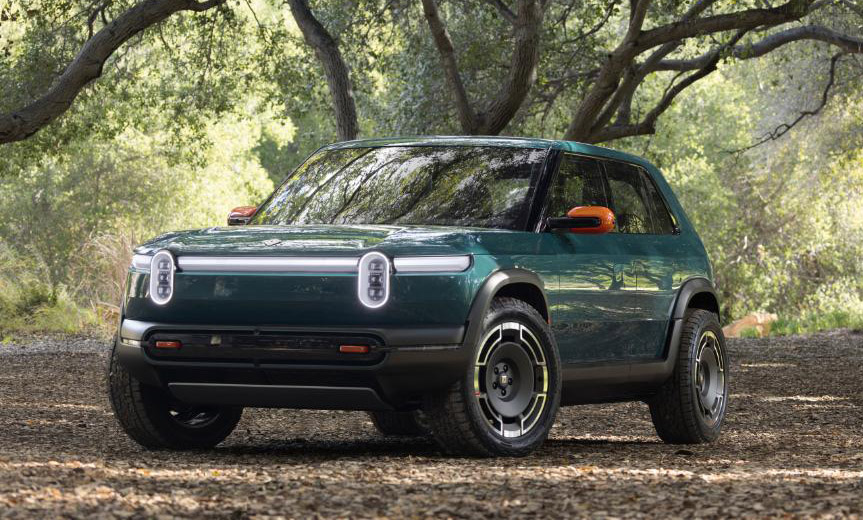
Rivian’s current consumer vehicles, based on the higher-cost R1 platform, have faced challenges this year amid the EV growth slowdown. Registration data from S&P Global Mobility showed a 65 percent decline in registrations for the R1T pickup, launched in late 2021, in March. However, registrations for the R1S crossover grew by 56 percent. Combined registrations for R1 vehicles were down 6.4 percent.
To mitigate costs and enhance competitiveness, Rivian has focused on reducing component count and renegotiating with parts suppliers. Scaringe noted that changes in the R1 battery pack alone took thousands of dollars of cost out of the pack and modules. The plant in Normal, Ill., was idled for a month in April to introduce new suppliers and processes aimed at cost reduction.
See also: Rivian Hits 900 Million Cumulative Miles Driven, Achieves Production Milestone
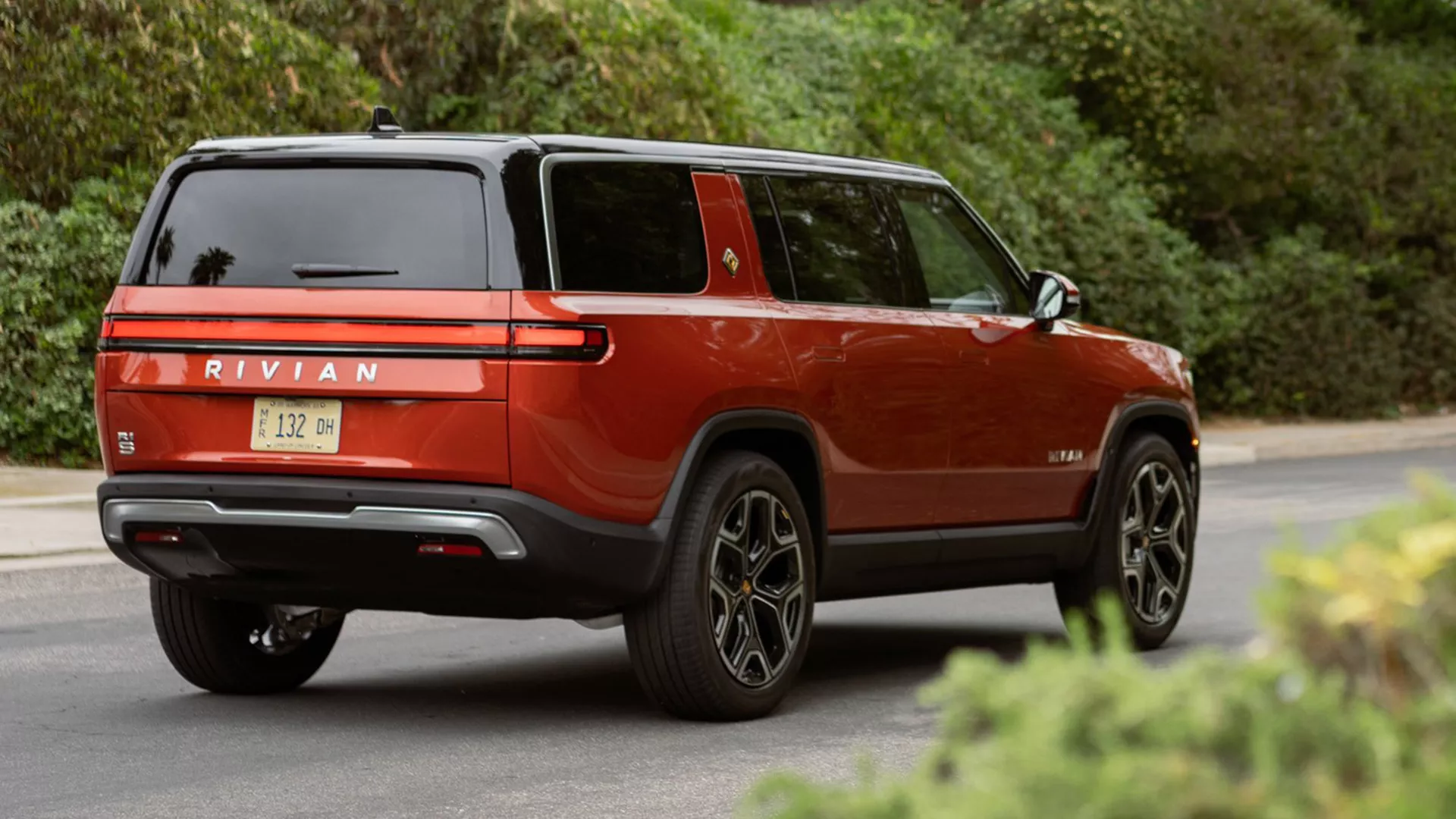
Scaringe acknowledged that the second quarter might be challenging for investors due to the plant shutdown, with only a relatively small number of revised R1 models with lower cost structures expected to go on sale. Despite these challenges, Rivian reiterated its forecast to build 57,000 vehicles this year, including delivery vans for Amazon, its largest shareholder.

